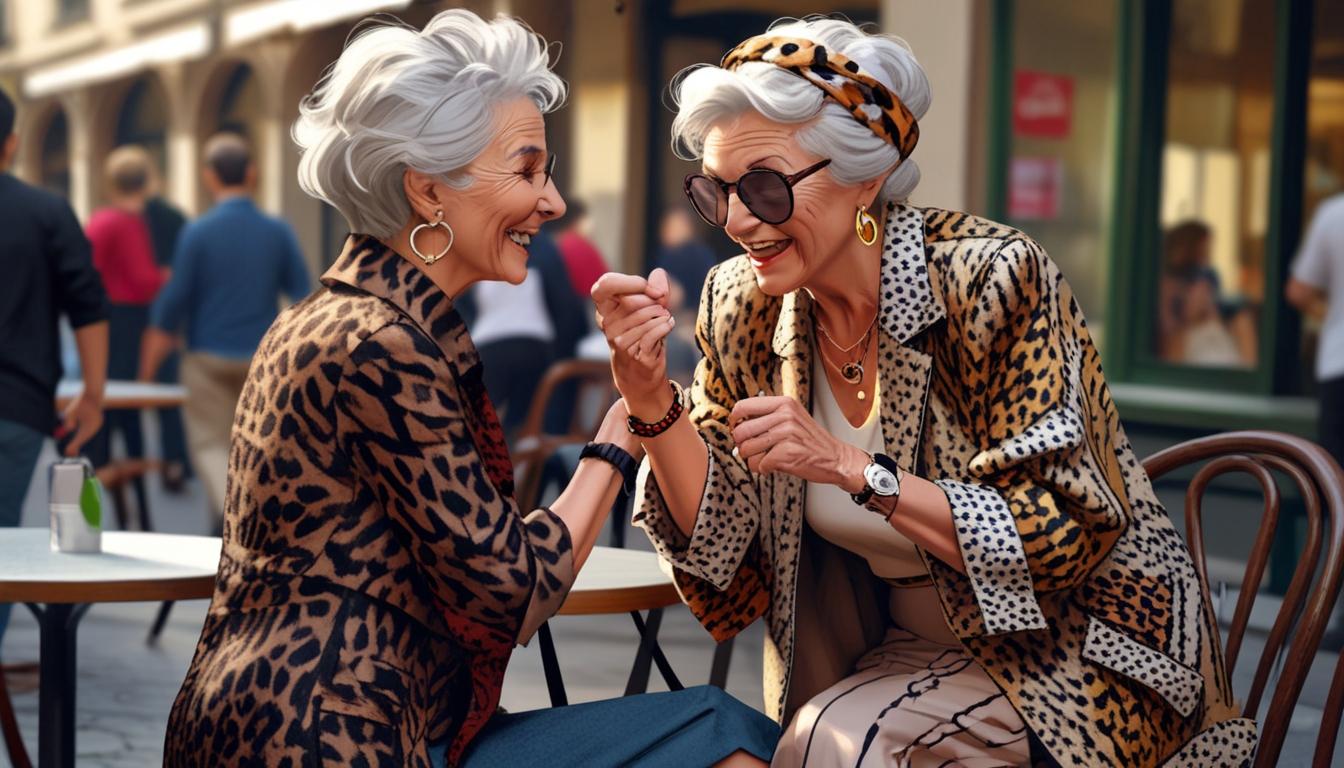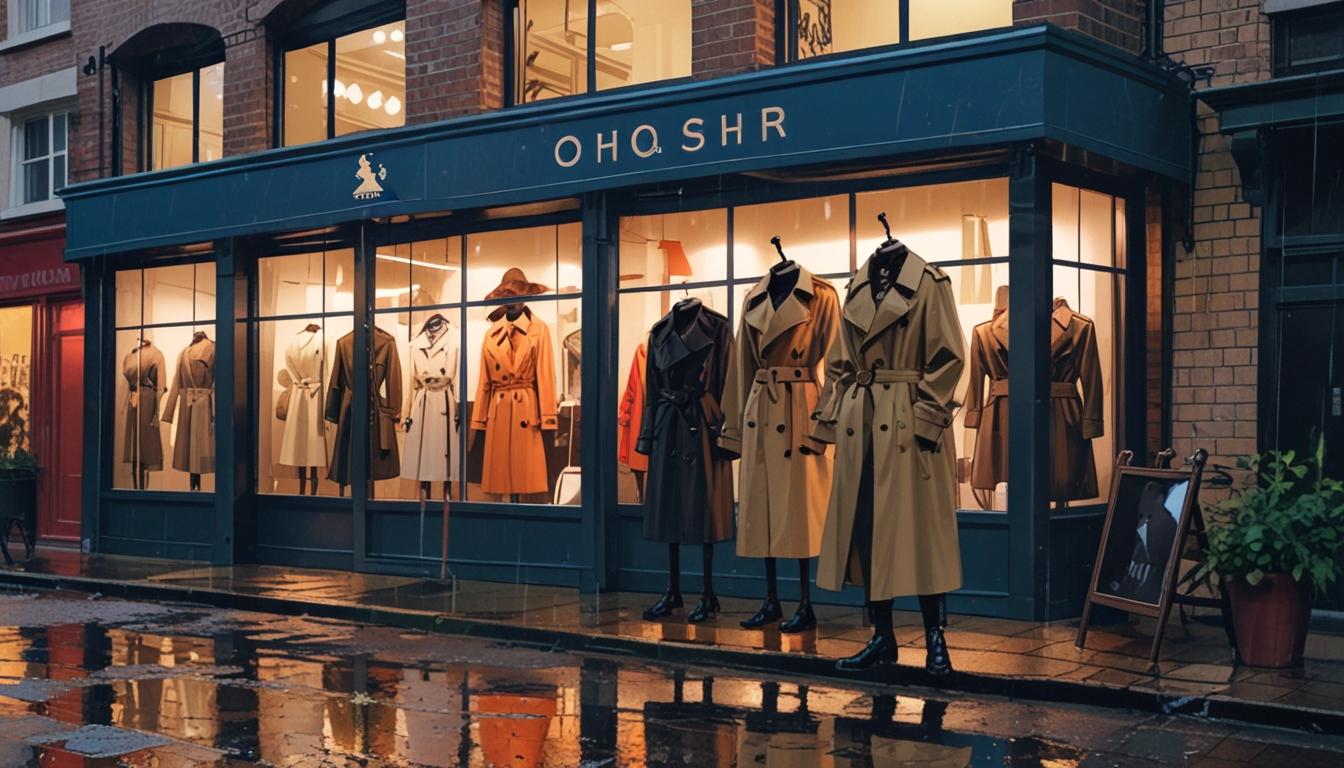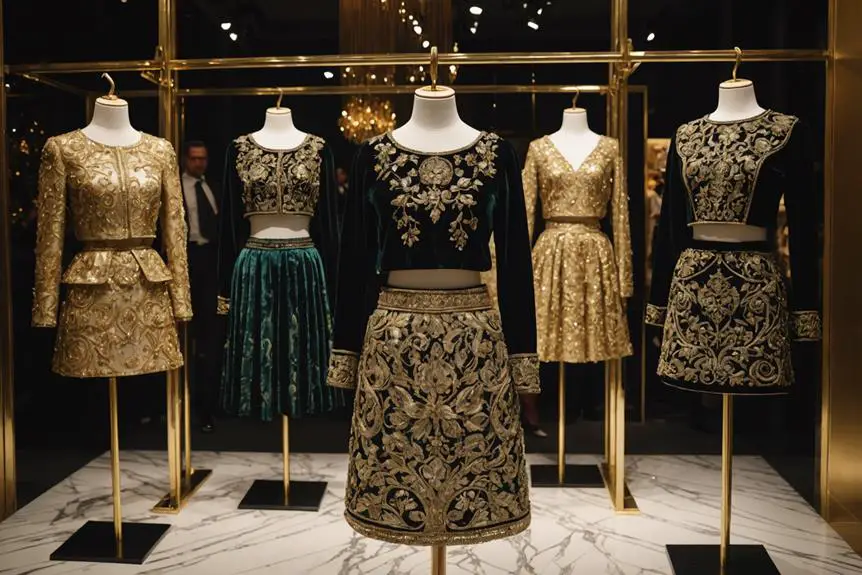A playful encounter highlights the evolving role of the Sciura, an archetype of Italian fashion, during Milan Fashion Week, showcasing the intersection of age, style, and cultural identity.
Just before the much-anticipated Ferragamo show during Milan Fashion Week, a notable encounter took place at a café that highlights the intersection of fashion and culture in the city. A grandmotherly figure, affectionately known as a Sciura in Italian culture, playfully critiqued the style of a younger woman in a flouncy floral dress. The woman, adorned in a Cecile Bahnsen gown complemented by New Balance sneakers and a bomber jacket, was humorously admonished by the Sciura, who observed, “You are eating like my 4-year-old granddaughter. You are dressed like her, too.” This charming exchange emphasized not only the playful banter characteristic of Milanese charm but also the fierce fashion legacy embodied by the Sciura.
Sciuras are recognized as an archetype of glamorous Italian women, often over the age of 60, who navigate their lives with unique flair, adorned in high-end fashion from brands such as Prada and Fendi. They symbolize generations of elegance, defined by their luxurious lifestyles, remarkable style choices, and the ability to effortlessly balance sophistication with practicality. This specific encounter, accented by the Sciura’s playful yet pointed suggestion to opt for Armani, illustrates the blend of homage and critique that is common in the fashion dialogue of Milan.
The Sciura’s role as a style icon persists, influencing the fashion landscape primarily through contemporary designers who draw from this archetype. Recently, Italian labels have incorporated elements reflective of the Sciura’s style into their collections, especially noted throughout the Fall 2025 shows. The Sciura’s characteristics, such as structured wool jackets and opulent fur, have experienced a resurgence this season. Designer Simone Bellotti, for instance, showcased dusty pink stoles juxtaposed with black leather in his collection for Bally, while Tod’s introduced fur-print trench coats that echoed luxurious styles synonymous with the Sciura aesthetic.
Moreover, designers have begun to evolve this classic identity, interpreting the Sciura archetype with inventive twists, such as brightly colored materials and greater emphasis on comfort. At fashion houses like Prada and Antonio Marras, there has been a playful use of historic textures and patterns that reflect the Sciura’s enduring spirit, even transforming traditional garments with unexpected elements. “The personality and determination that only older women possess were important,” said Marras, emphasizing his admiration for the Sciura’s “charisma, history, and experience.”
Innovative interpretations of Sciura fashion have also emerged in the streets of Milan, where younger generations are experimenting with the style. As youth embrace the glamor of the older women in their lives, they often mix traditional pieces with modern staples, creating dynamic looks that pay homage to the original Sciura while ensuring that it remains relevant. For example, a 19-year-old named Livi expressed her admiration for the Sciura style, wearing a faux fur jacket alongside retro jeans and sneakers. Despite her stylish choices, she humorously noted the potential disapproval her grandmother might have had regarding her fashion-forward fusion.
The revitalization of the Sciura aesthetic reflects a broader trend within the fashion industry, where older personas are being embraced, heralding a celebration of experience and history in style. As Milan Fashion Week progresses, the role of the Sciura continues to evolve, marking a significant intersection of age, style, and cultural identity at Italy’s fashion heart.
Source: Noah Wire Services



